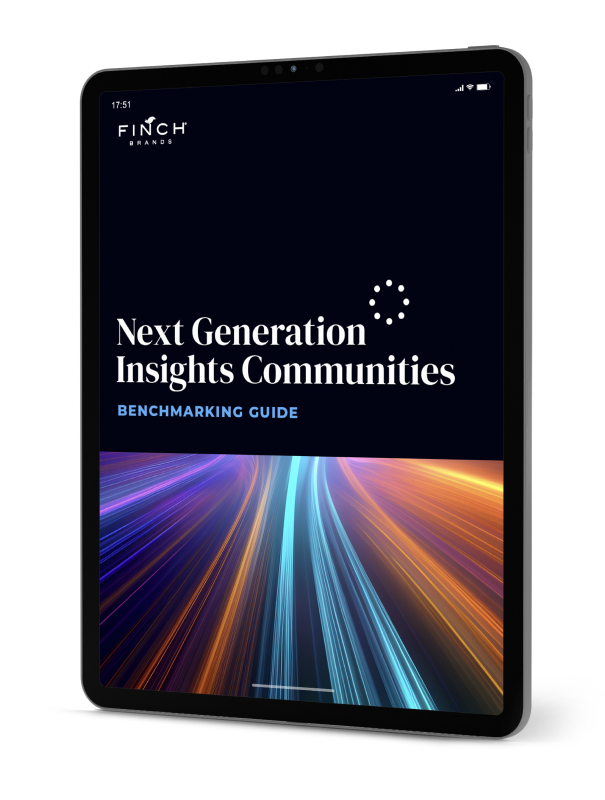Naming Risks and How to Avoid Them

The first blog in this series sets forth a ‘test’ to determine if a name change is advisable for an organization. The reason the threshold for proceeding with a brand name change is so high is that a new brand name is neither a decision to be taken lightly nor is it easy to execute.
Yet let’s assume that your clear-eyed analysis concludes that the circumstances warrant a new brand name. I like to say that the resulting process triggers equally strong doses of hope and fear. Hope, because there is obviously meaningful upside for the brand and business. And fear, because the process is full of risks. Let’s discuss of a few of them below – and also how to manage them.
I’ve broken down the principal risks into two categories: process risks and executional risks.
Process risks
Process risks refer to the inherent challenges of a name development process – these are most acute in new brand creation initiatives (compared to the elevation of an existing brand name, like in some M&A situations).
- Finding a name the organization ‘likes.’
This isn’t a risk most consider yet it can be the greatest risk of all. You decide to develop a new brand name but just never ‘fall in love’ with any of the candidates – as a result, the process drifts and may or may not ever land.
In our (considerable) experience, this is usually a case of misaligned expectations. In the real world, people fall in love with brands, not names – and it is very difficult to compare unfamiliar pixels on a screen to the beloved names in your category or the marketplace. After all, would anybody see Amazon, Starbucks, Nike, Verizon, etc. for the first time in a PowerPoint deck and think, ‘OMG, that’s it!’?
So, our greatest task as a name change consultant – and our clients’ greatest task as well – is to process a new candidate based on the potential to build a winning brand around it. We spend a lot of time – and have developed various contextual techniques – to ensure this is how the name candidates we develop are presented and evaluated. This, as opposed to a thunderbolt from on high, is how winning brand name change processes typically unfold.
And that’s how it should be. By the time the name goes to market, it will be supported by a backstory, aesthetic, a product offering it represents, and a team of people who deliver it. The most we can expect the name alone to accomplish is to be easy to pronounce, fun to say, and set the tone for the brand we seek to build.
- Finding a name that is clear enough to use.
‘Clear’ in this case refers to legal availability and linguistic appropriateness. First, legal. Most categories – consumer goods, healthcare, tech – have seen the number of brands multiply over time so as to make the intellectual property terrain highly challenging.
For this reason, we pre-screen candidates through the UPSTO online database before submitting them to clients. While we’re not providing formal legal opinions, which are based on thresholds of risk and a more elaborate screening process, this is a useful efficiency measure to ensure clients don’t bond with candidates they clearly can’t use. And, as with so much of the naming process, it helps regulate emotions and keep the roller coaster on the track.
Once client feedback and Finch Brands’ expertise have built consensus around 2-4 finalists, that’s when it makes sense to run them through an IP attorney for final clearance and selection.
Now to linguistics. Many have heard the classic story of the Chevy Nova, the car that translated, unfortunately, into Spanish as ‘no go.’ There are a handful of similar stories and, with many of our clients operating on a global basis and with the number of languages spoken in the US market, it makes sense to also conduct linguistic due diligence. We have multilingual team members, translation resources, and a plethora of online resources – making this a simple step, but one that should not be skipped!
There are other process risks, but this is a blog rather than an encyclopedia – so let’s move on…
Operational risks
Operational risks refer to the steps required to skillfully migrate to a new brand name – which is especially complex in situations of name change (as opposed to new name creation). While there are many considerations, the primary risk is the complexity of the launch/migration process.
Because many of our clients are large businesses – with extensive identity-bearing moving parts – we have become experts in helping leadership teams budget and plan the cadence of name changes across the internal and external artifacts that matter. And that can be a long list.
The good news is that the marketplace does not expect everything to ‘switch over’ immediately or all at once. Quite the contrary, it makes sense to space out key communications vehicles – especially when the name is changing on an existing business.
There is much to write here, but let’s hit the high points:
First, schedule the internal launch first. Rally the team around the rationale and intent of the new name. Prepare them with customer talking points heralding a bright future while, importantly, reassuring customers that their service will not be disrupted.
Second, build an external changeover cadence that protects brand equity and fits the nature of the business. In the case of Emplify – a new identity to represent the merger of 2 large health systems – the migration will take place over multiple years because (a) the legacy brands are beloved and patients/staff need to understand, expect, and be comfortable with the switch before it happens and (b) there is simply a lot to migrate, from hundreds of facilities on down to email addresses.
So, that’s a quick twirl through some of the common risks associated with a verbal brand development process. Still interested in a new brand name? GOOD – read on, when next I’ll get into the name development process itself!






